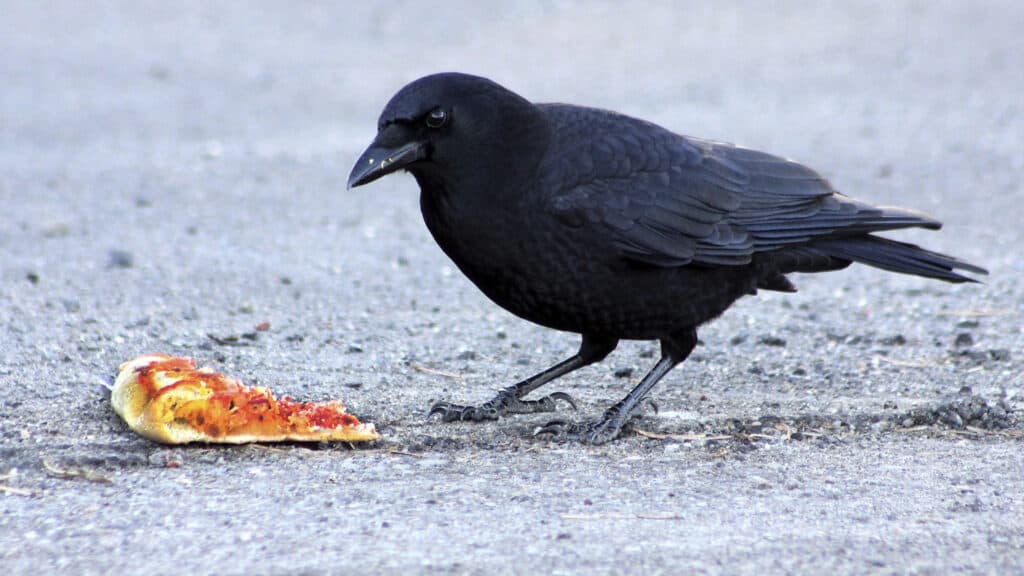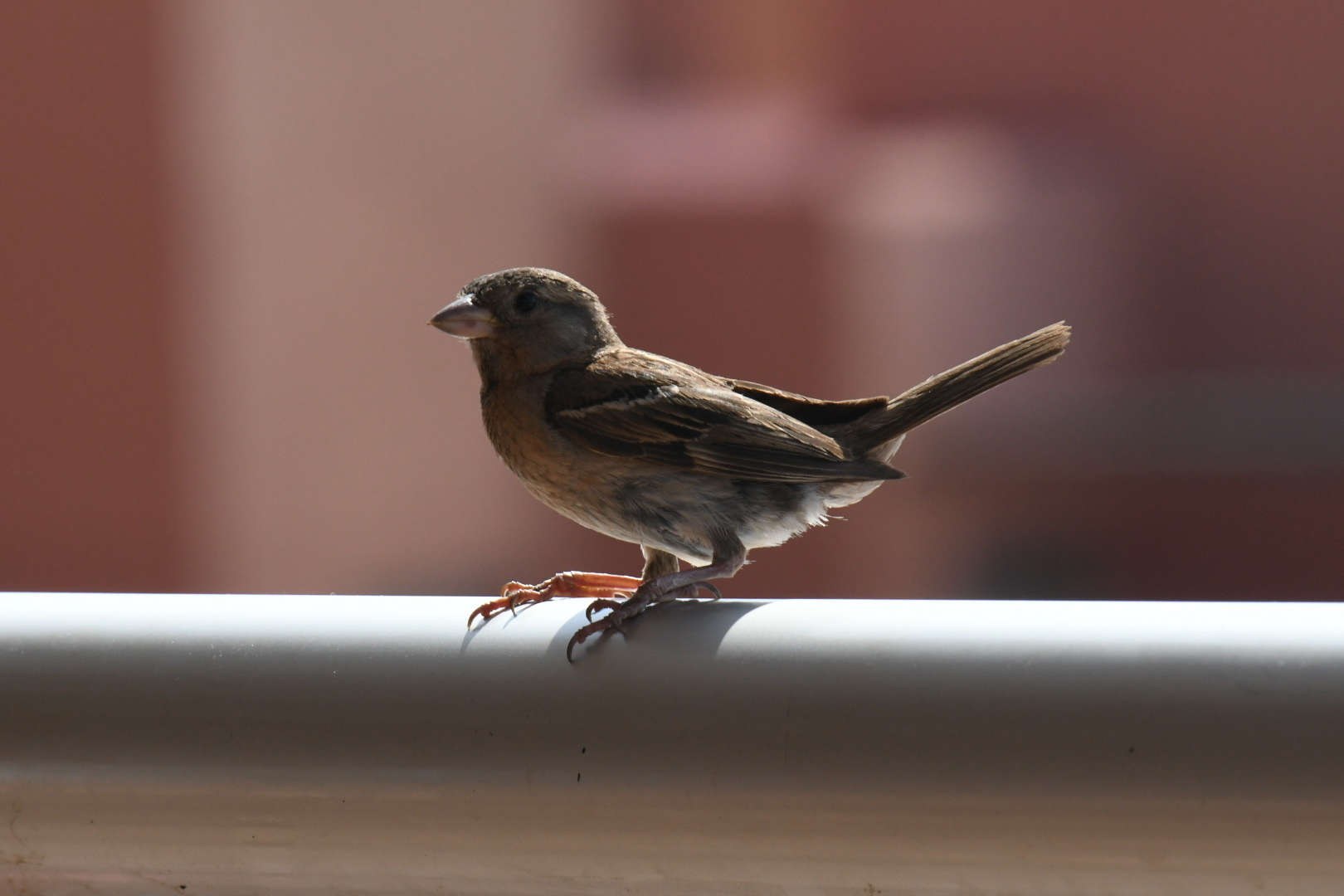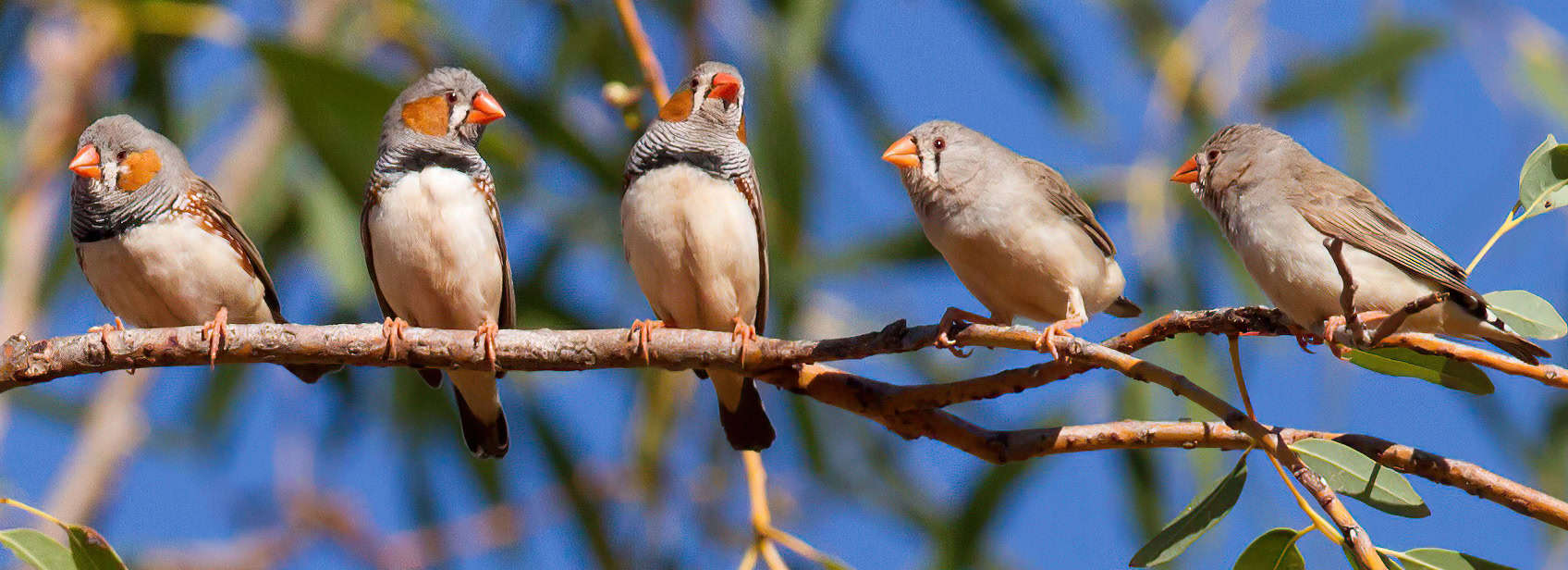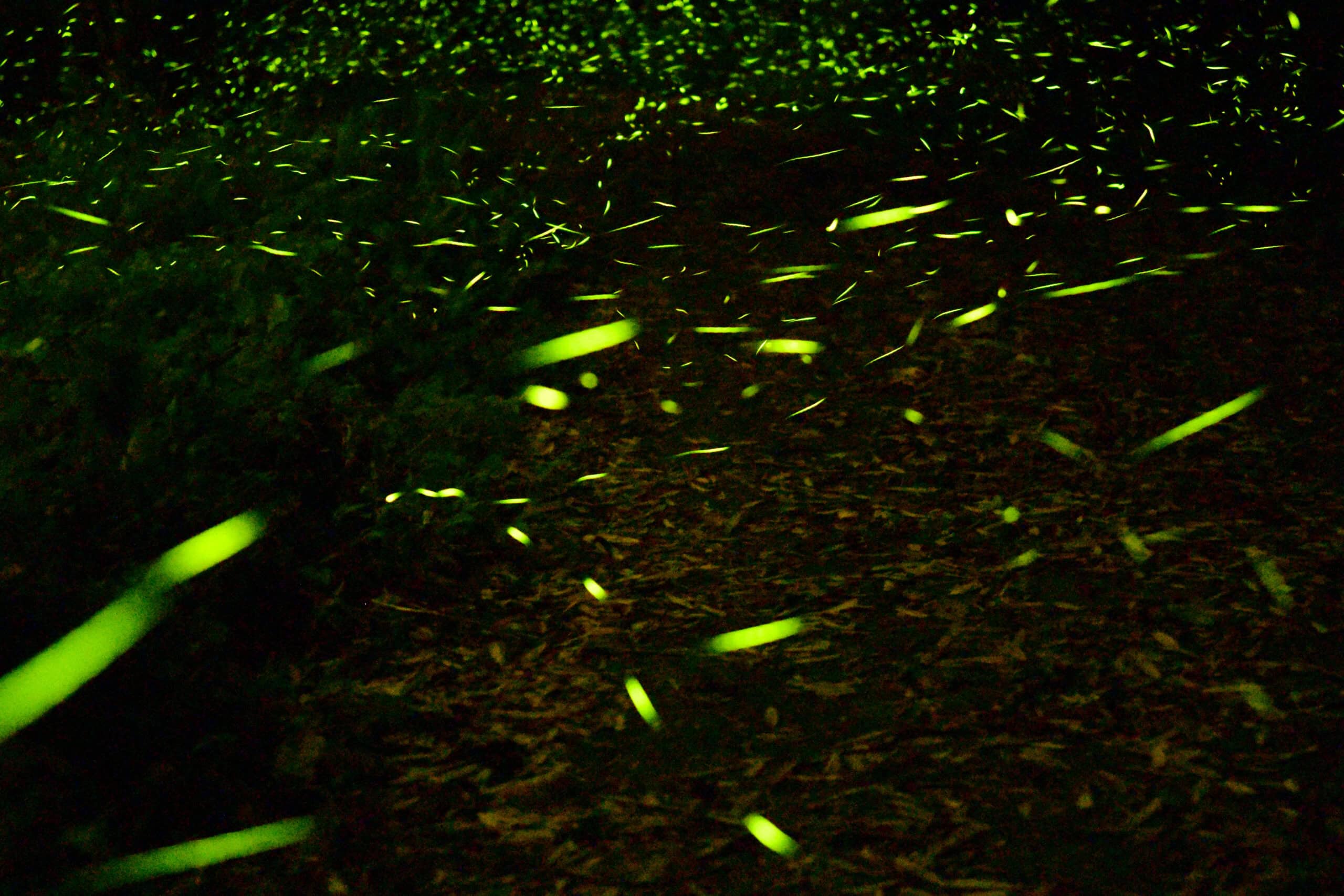Share this article
Urban wildlife finds different strategies to survive city life
Smaller sizes and broader diets help urban animals survive
City life isn’t easy for wildlife. For most species, it means losing their native habitats and navigating people, lights and traffic. But some animals survive—even thrive—in urban environments, with specific adaptations that allow them to make the most out of life in the concrete jungle.
Biologists thought those traits might be similar across taxa, but in a recent study involving 379 cities on six continents, researchers found they are more varied than they expected.
“From my perspective, when you think about biodiversity in cities, up to now it’s been narrowly defined,” said Frank La Sorte, a researcher at the Cornell Lab of Ornithology and coauthor on the study published in Nature Communications.

But wildlife species in cities have different needs, and supporting them can be a bit of a juggling act.
The study brought together a worldwide consortium of scientists studying urban wildlife in cities around the world, from New York to Nairobi, Moscow to Melbourne, and Brasilia to Bangkok. They looked at a range of birds, bats, bees, amphibians and reptiles—but no land mammals. The largest dataset came from the Cornell Lab’s eBird program—a massive citizen science platform that collects bird sightings around the world.
Researchers expected to find a single “urban trait syndrome”—a common group of traits shared by city-dwelling wildlife. They did find some commonalities. Most species tended to have smaller body sizes, allowing them to better navigate the urban landscape. And they tended to be pretty diverse in their choice of food. But other traits varied. Urban birds, for example, tend to have smaller clutch sizes and are not as mobile as other birds.
One key difference was how the species look for food. Researchers identified four different foraging behaviors. Birds and bees tend to be “central place foragers,” reaching out from a base of operations to seek out food and come back. Reptiles tend to be “site specialists,” relying on resources from a single spot. Other species tended to be more mobile—some generalists, like bats, finding food anywhere, some specialists, homing in on a few select spots.
The study underscores the importance of providing habitats for species as urban environments expand, La Sorte said. Fallen trees, for instance, may not make for pretty city parks, but they can provide important resources for wildlife.
“To manage parks and other green spaces, you need to incorporate habitat features that address the needs for all the different taxa, which can be challenging,” La Sorte said. “You may support one group but hinder another group. There are tradeoffs.”
Header Image: The small size of the house sparrow (Passer domesticus) makes it easier for it to survive in an urban environment. Credit: David Frey








